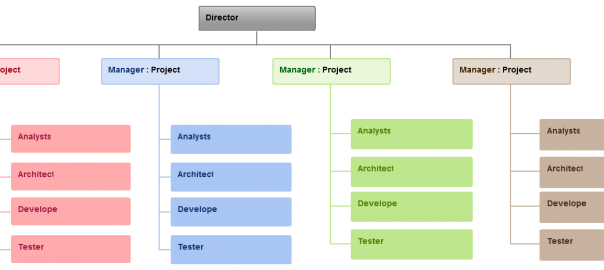As promised in the last post, we will be detailing the (b) Behavioral, (c) Grouping and (d) Annotational part of Things in this post. (b) BEHAVIORAL Behavioral things encapsulates the dynamic parts of all UML models. These behavioral things are shown… Read More





